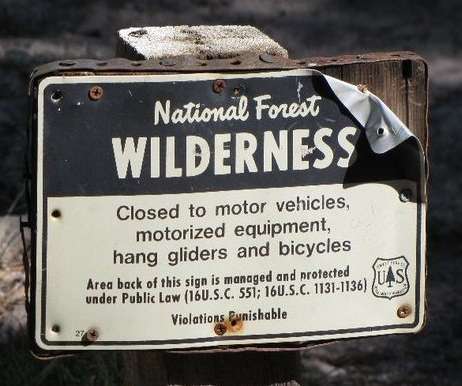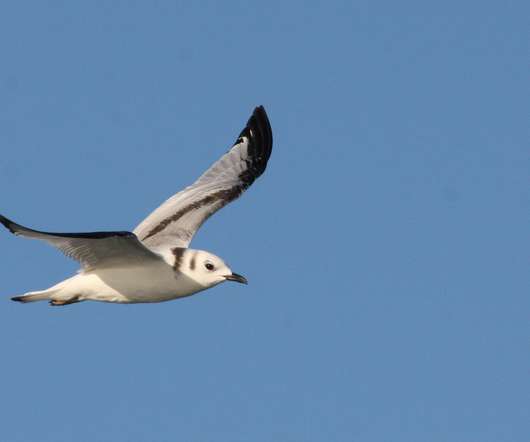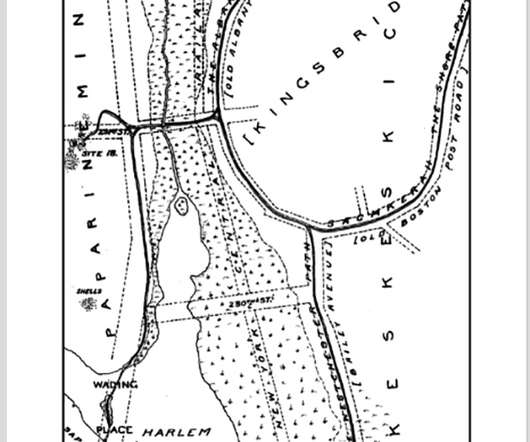A Birder’s Guide to The Wilderness Act
10,000 Birds
OCTOBER 12, 2021
The short answer is that wilderness areas are part of the National Wilderness Preservation System and they are protected by the Wilderness Act of 1964. Simply put, wilderness areas are the most protected public lands in America. And it prohibits human infrastructure, e.g. , roads, buildings, dams, and pipelines, etc. Dingell Jr.












Let's personalize your content